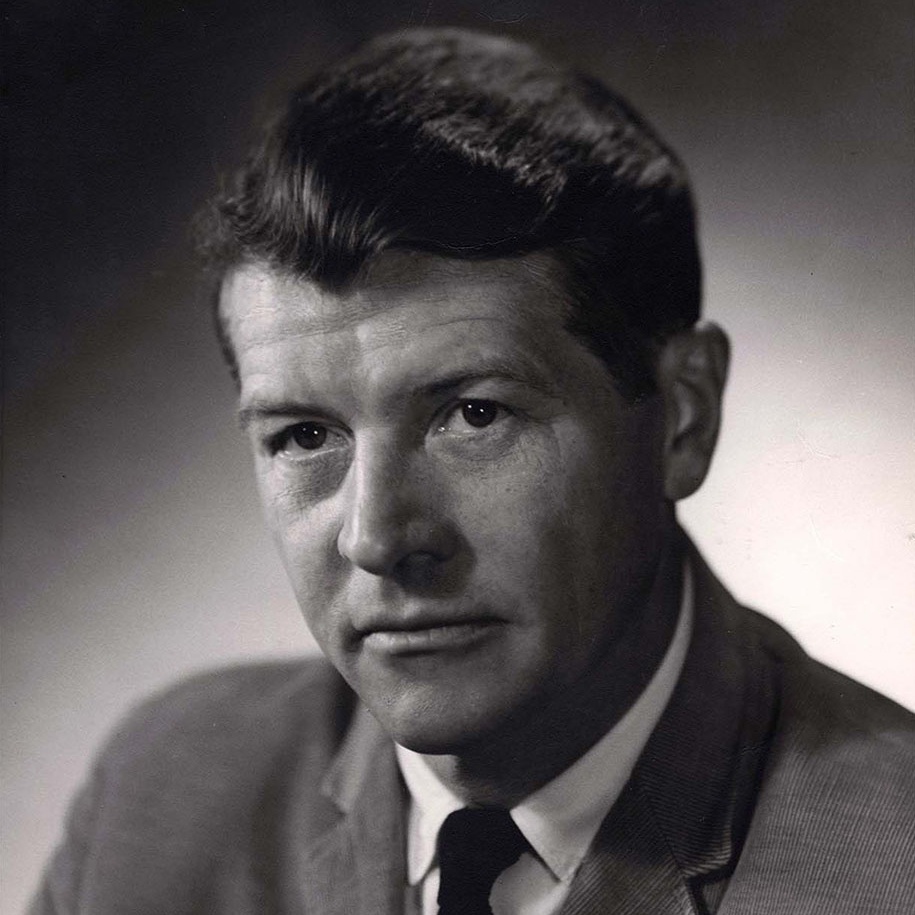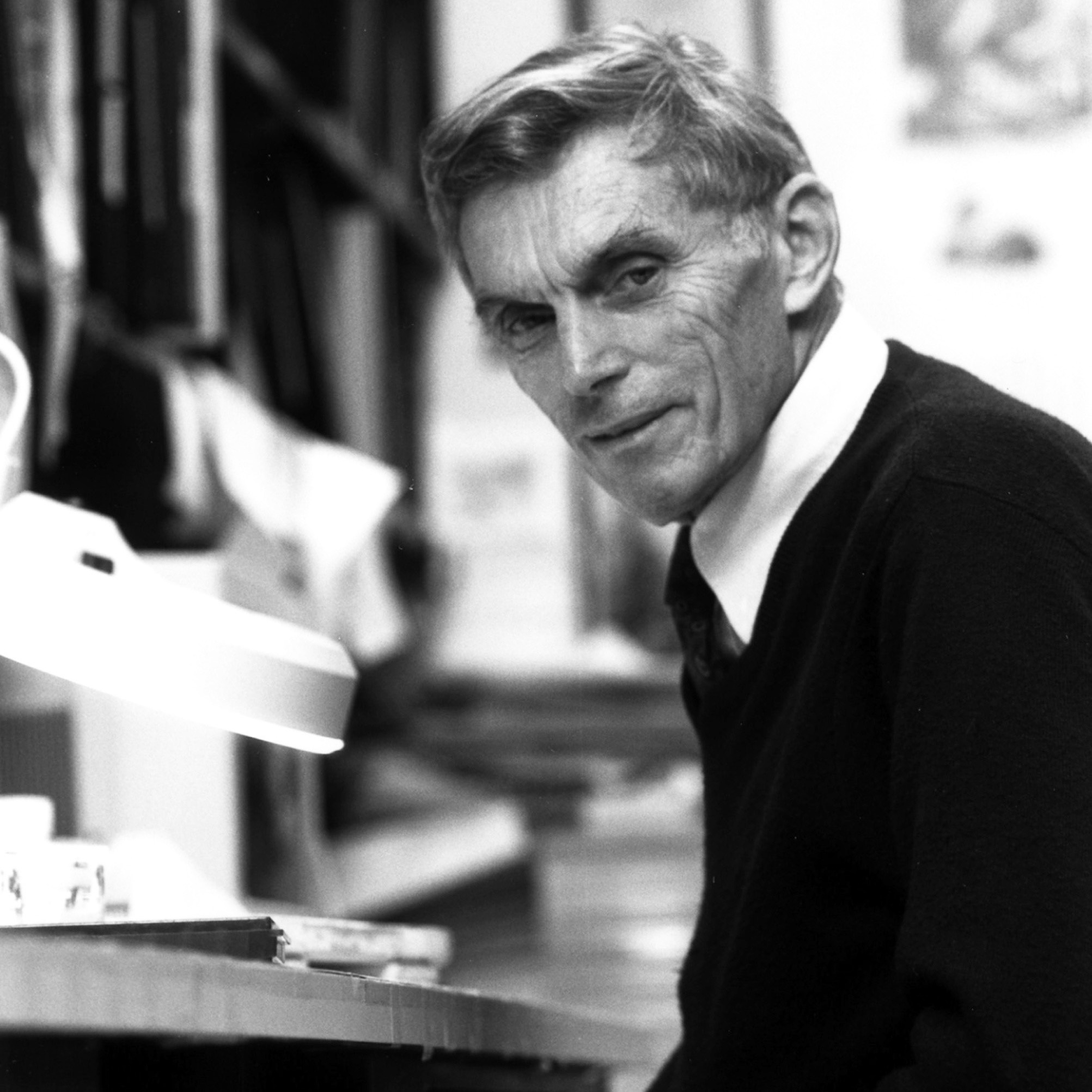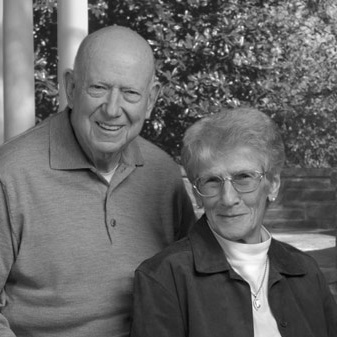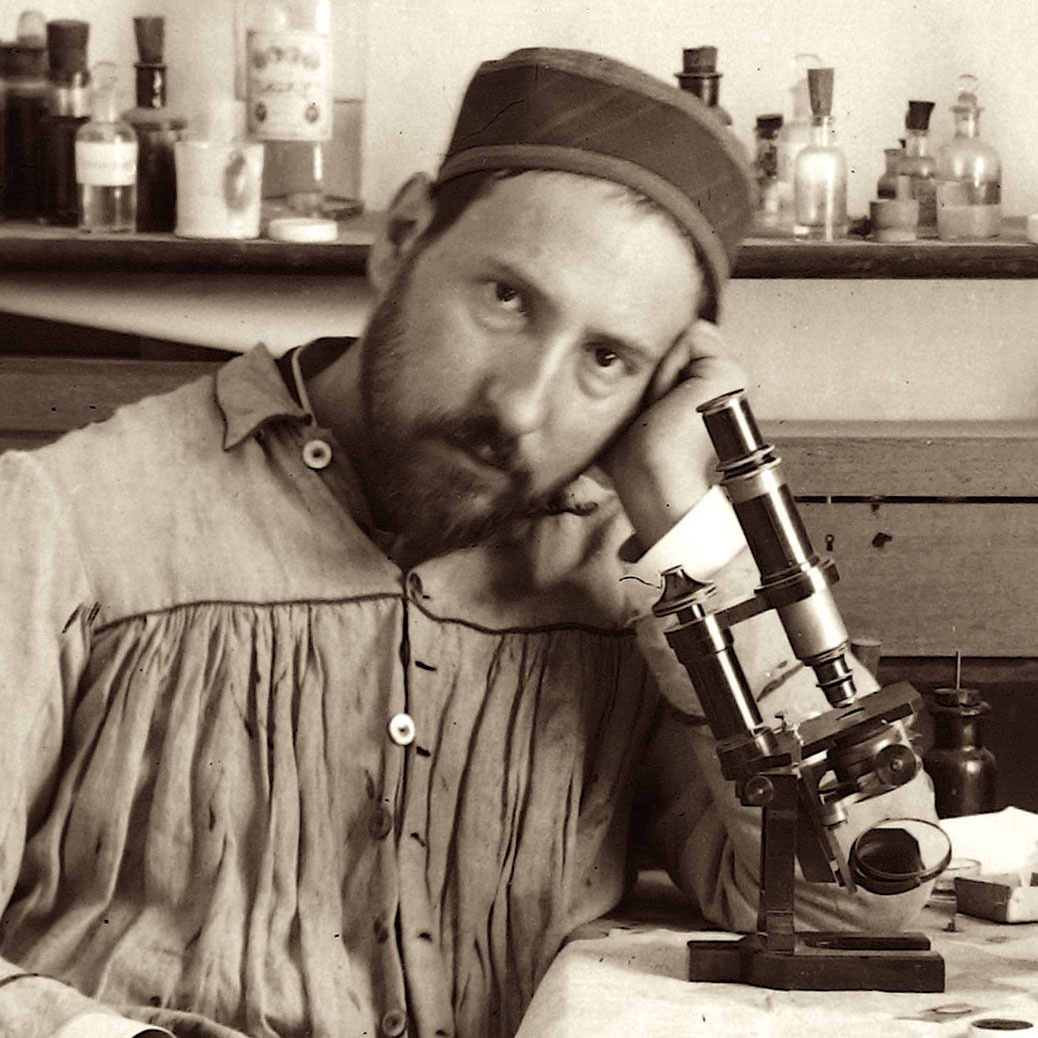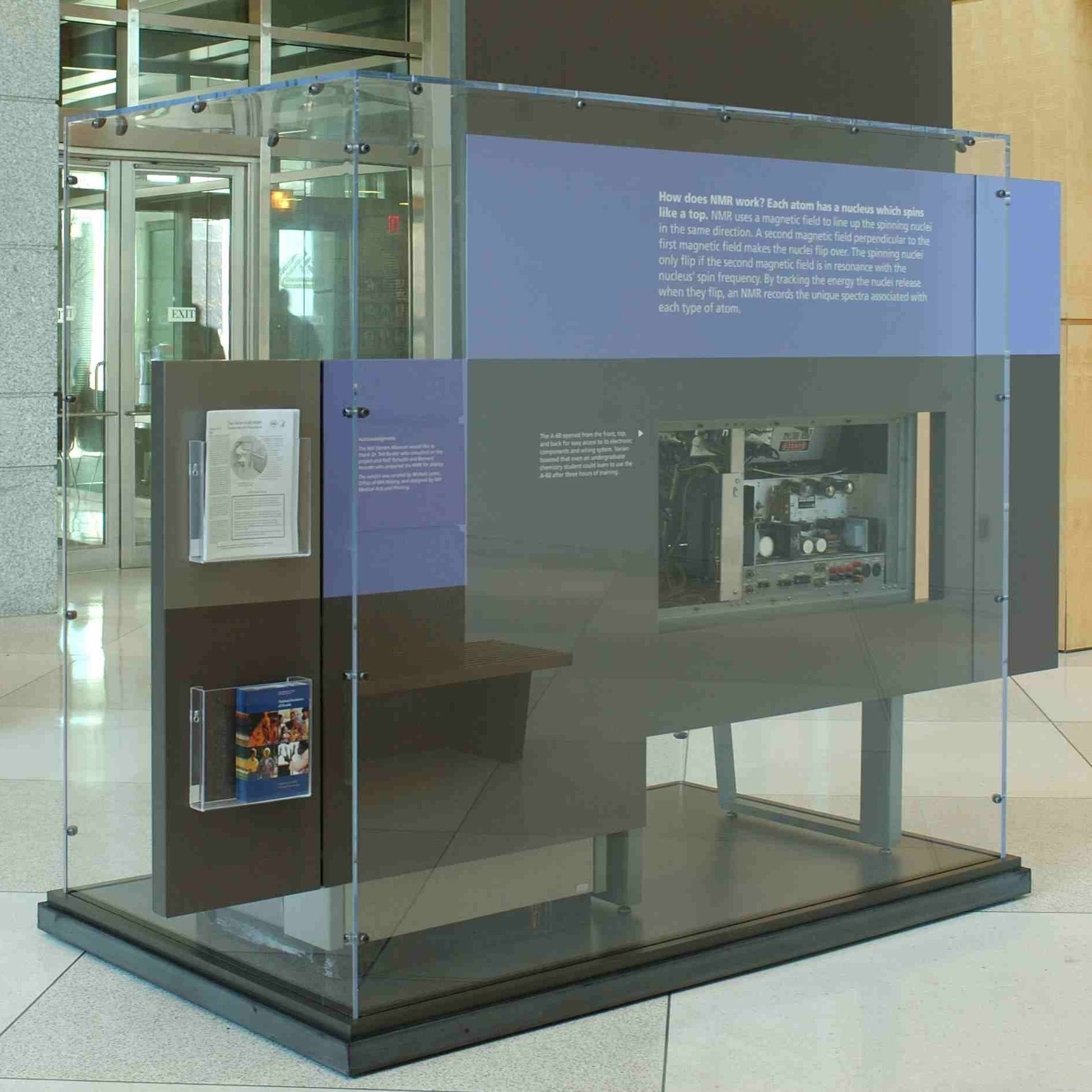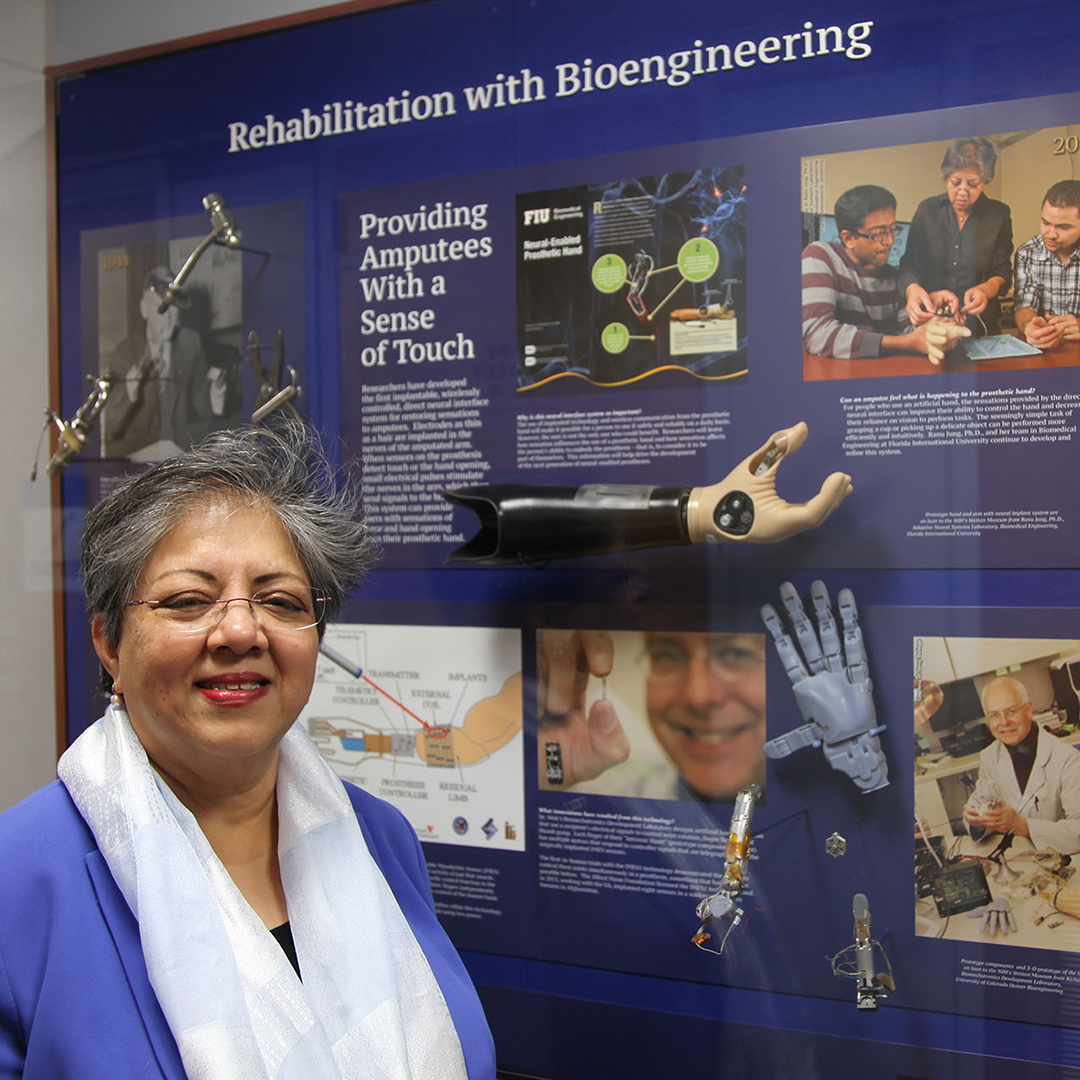Onsite Exhibits Gallery
For more information about the physical location of the exhibits listed on this page, please visit the Exhibit Maps page.
How are proteins made? How do they fold and what role does structure play in their function? Chris Anfinsen's investigations answered these questions; they also led to a Nobel Prize.
Michael Potter investigated the twin questions of what causes cancer and how we produce the antibodies called immunoglobulins which protect us from disease.
Explore the Nobel Prize-winning work of Marshall Nirenberg, who deciphered the genetic code with the help of NIH colleagues, enabling genetics to become a central scientific field.
The scientific power couple of Thressa and Earl Stadtman developed a unique way to train scientists; they each made significant scientific contributions too.
Learn about the first person to describe the nervous system, including intricate neurons, in exquisite and artistic detail was Santiago Ramón y Cajal.
Ruth Kirschstein
Ruth Kirschstein was a rigorous scientist, generous mentor, and talented administrator as well as the first female institute director at the NIH.
All sorts of viruses were visualized for the first time on this Siemens 1-A Electron Microscope used by Albert Kapikian.
The Varian A-60 NMR (nuclear magnetic resonance) spectrometer was the first low-cost instrument of its kind, producing a magnetic resonance image (MRI) that NIH scientists used to study topics such as how the brain develops as children grow.
Learn about cutting-edge research, funded by the National Institute of Biomedical Imaging and Bioengineering, in a historical context.


